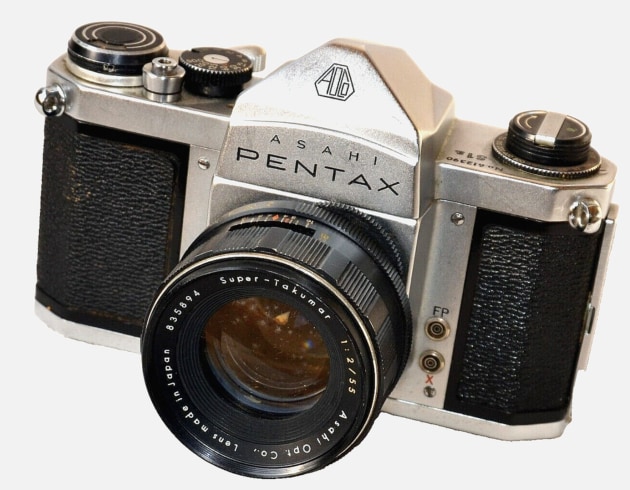1968 Vietnam – while many children and families were fleeing the chaos of the Vietnam War, Lo Manh Hung, barely 12 years old, became a professional war photographer.
Hung's extraordinary journey began not on a battlefield, but in the darkroom of his father Lo Vinh, a seasoned freelance photographer for 44 years who had fled the communists in the North. While poring over his fathers images, he learnt the trade through understanding the limitations of film, correct exposures and the shooting process.
By the age of eleven, as Vietnam descended into deeper conflict, Hung, driven by a desire to contribute, became his father's apprentice. Saigon was his playground and he ventured out fearlessly as only a kid would, on his motorbike and a trusty Asahi Pentax SLR.
His small stature, a hindrance in many situations, proved to be an unexpected advantage in the war zone – a kid isn't a threat, and he proved to be a small target. Yet, his youthful appearance also brought challenges; police frequently stopped him, bewildered by a child's presence in such danger.
Hung, however, was persistent. Armed with his father’s credentials and an unwavering determination, he was often observed darting into street battles, scrambling over debris, deliberately heading toward the heart of the action. He was a professional, and a thick stack of published pictures served as his undeniable proof.
Hung's fame solidified during the pivotal Tet Offensive in 1968. He was frequently seen accompanying ARVN (Army of the Republic of Vietnam) troops deep into Viet Cong controlled areas of Saigon, capturing raw images to sell to both local and international news agencies. His slight frame, not much taller than four feet and weighing just over 30kg, now lugged two Asahi Pentax SLRs – both without inbuilt lightmeters or motordrives.

Together, Hung and his father maintained a relentless schedule seven days a week, starting their day at 5 AM and often not finishing until after 9 PM. In quieter times, they would navigate the city by motorbike, documenting everything from official government events to weddings, airport arrivals, and fires – anything newsworthy. Hung also played a crucial role in film processing and printing, then took on the role of messenger salesman, peddling fresh prints to eager news outlets.
His greatest hurdle was often convincing the police that he was, indeed, a working news photographer. Yet, his size also offered unique advantages. As photographers jostled for position at crowded press conferences or dignitary arrivals, Hung would expertly squirm through, sometimes on all fours, emerging at the very front to capture the best angle of all.
Years later, Hung eventually left Vietnam, establishing his own photo shop in San Francisco. In 1998, a surprising reunion occurred. As reported by the San Francisco Examiner, former AP photographer Horst Faas encountered 'Jimmy Lo Hung', the very 12-year-old who had shot for AP during Tet. Hung brought with him a cherished photograph of himself in a helmet emblazoned with PRESS and a laminated story headlined 'Boy, 12, in Dangerous Job.' "They paid me $10 a picture," Hung recounted, "and that was big money in Vietnam in 1968. It could support my whole family for one month."
Tragically, Hung lost all his pictures and negatives during the fall of Saigon. "I only had a few minutes to escape," he recalled, detailing a harrowing departure aboard a helicopter "filled with soldiers. They held my leg while it took off. So many soldiers trying to get on… some didn’t, some dropped down."
Lo Manh Hung's story is a testament to an extraordinary talent and unwavering spirit forged in the crucible of war, leaving an indelible mark on photojournalism.


